The DiskStation DS216j NAS is positioned near the bottom of Synology's consumer level network storage product range, but advanced software integration and a configurable design means the system can easily serve up to a small business.
Design
At its most basic level, the DiskStation DS216j is basically a white plastic box containing a circuit board, space for two SATA hard drives, a power supply and a fan. You supply the drives — 2.5-inch and 3.5-inch SATA II or SATA III HDD/SDD supported — and Synology takes care of the rest with its powerful package of NAS software.
While Synology markets a multitude of NAS units, this particular model boasts 512MB of DDR3 RAM feeding data to a 32-bit, dual-core 1.0 GHz Marvell Armada processor. The chipset can address a maximum of 16TB of storage, for example two 8TB HDDs, set up in any number of RAID configurations. Users can opt to pipe in data from a computer or an external hard drivevia one of two USB 3.0 ports positioned in the back of the DS216j, next to the unit's LAN port and DC power input. Those looking to connect wirelessly need to save a port for a WiFi dongle.
The chassis itself is a solid half metal, half plastic design that splits in two for drive access. A Kensington lock slot is provided on the metal side for securing the NAS, though the feature does not secure the drives living inside from theft.
A bank of user-dimmable LEDs out front signal CPU status, LAN usage and the status of each disk. The front-facing power button sports an embedded blue LED to notify users that the system is operational.
Setup
Upon receipt of Synology's DiskStation, I was able to get the device up and running easily within twenty minutes. Setup is easy and straightforward. I installed two hard drives, powered up the unit and connected it to my local network with the supplied CAT5 cable.
Following instructions in the box, I connected to the device over the local network and was asked to download Synology's DiskStation Manager 6.0 operating system. Download and installation took about ten minutes, after which a setup screen is presented for entering account information. Once setup is complete, DSM makes it easy to configure your NAS environment, from network security to personal cloud syncing.
Usage
Like most NAS products, users can choose to run the DS216j in a variety of RAID configurations, such as RAID 1 for redundancy or RAID 0 for largest storage and fastest access but no redundancy. Synology also offers Synology Hybrid RAID, a custom RAID configuration based on a Linux RAID system that offers beginners a good mix of volume data protection and speed.
After setting up the hard drives, I created a shared folder and chose to have that folder accessed by Mac computers. Doing so let me quickly and easily access this folder as a Time Machine backup from my Mac.
One of the nice abilities of Synology's DSM software is the option to make part of the storage space available to Windows computers on the network. The virtual volume can be segmented to allocate 200GB to Windows, 500GB to simple file storage for the Mac and the rest to Time Machine, for example.
Aside from Apple's own AirPort Time Capsule, DSM was by far the quickest and easiest I've ever been able to setup a Time Machine backup. There was no configuration to be done. I just created a folder, checked a box, and my Mac could then use it.
DiskStation offers robust synchronization of files between computers with different operating systems or between multiple DiskStation units, and you can even synchronize files between the DiskStation and cloud storage services such as Google Drive, Box and OneDrive. Administrators can set user permissions for folders, as well as web access to certain folders.
Synology's software is a complete operating system offering advanced options for backups, permissions, scheduling and more, all accessed from a web interface that lets users monitor vital statistics such as temperature, network speed and CPU load.
One of the unique features offered by DSM is access to dozens of free "plugins," or modules that allow further DiskStation customization. For example, the DS216j can act as an entertainment server, streaming multimedia to DLNA servers, Apple TV, Chromecast and Roku. Another plugin is designed to remotely monitor and record video feeds from IP cameras on your network. Synology also developed mobile apps for remote data access from iOS and Android.
In March, Synology released DiskStation manager 6.0, one of their largest updates today according to Synology. Updates include a private cloud collaboration suite, multiple media apps now work with the new Apple TV, Apple Watch and Windows 10, 64-bit architecture, less essential applications are now modules letting you decide what to install, enhanced security, applications for private mail servers with load balancing, multi-site backups up to every five minutes, and numerous other improvements.
Conclusion
The design, not only of the hardware, but also the DSM software, makes the Synology DiskStation a valuable addition to any network. The availability of downloadable modules let you customize exactly how you want to use the DiskStation. DSM's easy setup options get you up and running in just a few minutes and then, over the course of days and weeks, allows small tweaks to perfect your backup and personal cloud solution.
In short, the value added extras pushes DS216j well beyond its status as a budget NAS enclosure.
Score: 4 out of 5
Pros
- Quick to set up for basic backups
- Affordable
- Web access to data and vital statistics
- Whisper quiet and cool operation
Cons
- Some settings hard to find
- Advanced DSM configuration might be confusing
Where to buy
The Synology DiskStation DS216j is available now for $169.99 from Amazon.com or AppleInsider partner B&H Photo.
 Marty Edwards
Marty Edwards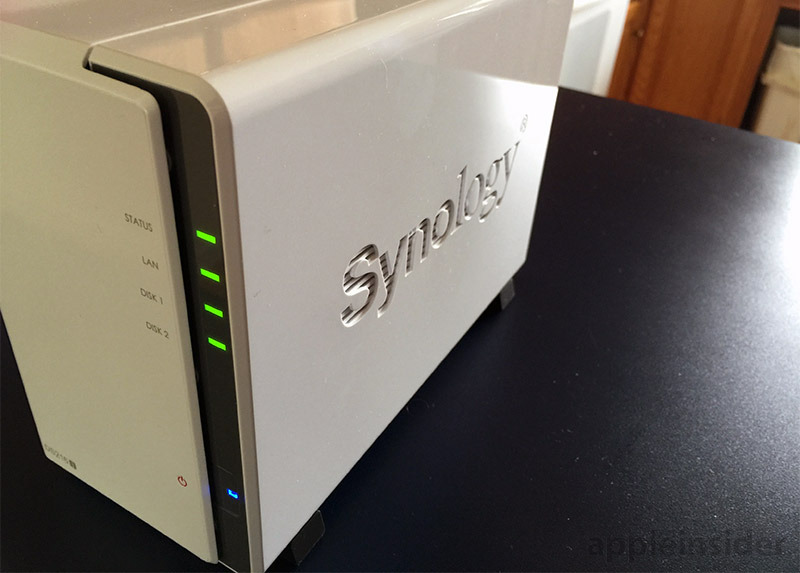
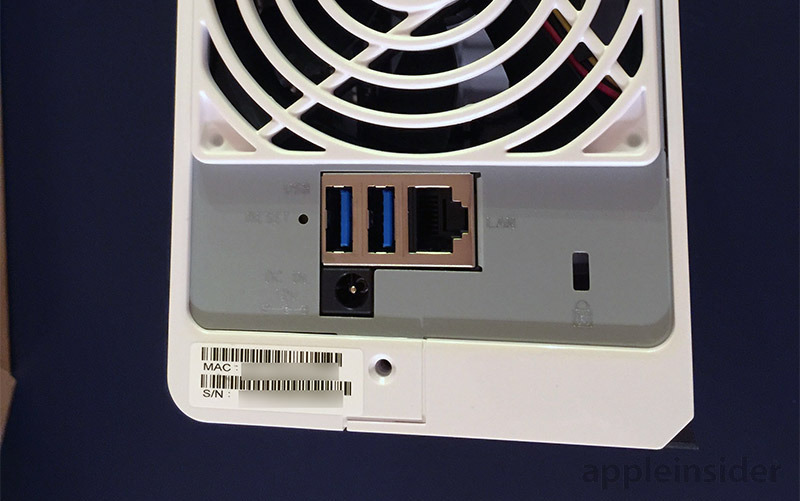

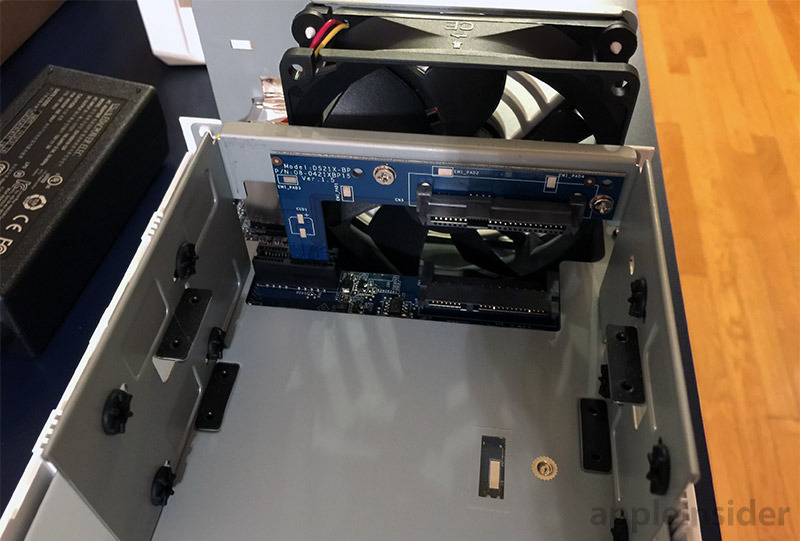
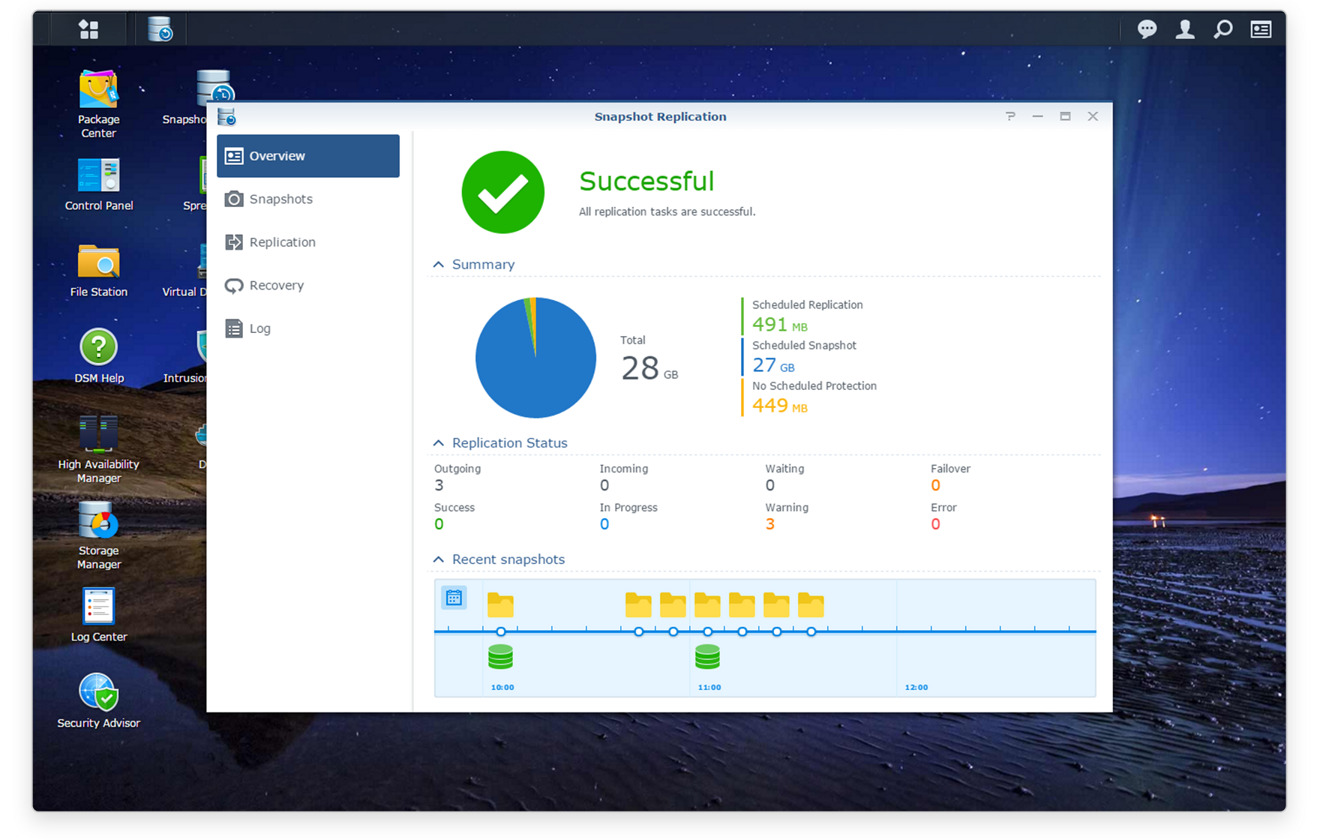
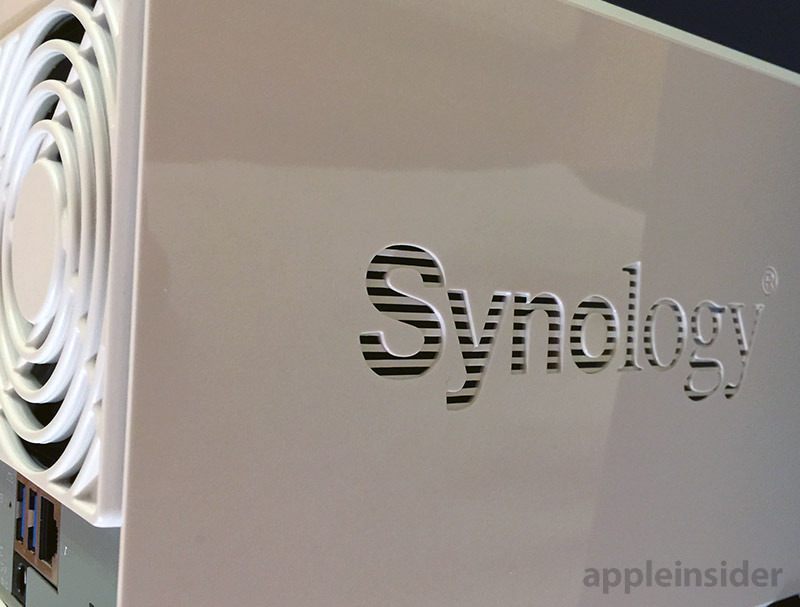







-m.jpg)






 William Gallagher
William Gallagher
 Brian Patterson
Brian Patterson
 Charles Martin
Charles Martin


 Malcolm Owen
Malcolm Owen

 Christine McKee
Christine McKee









25 Comments
Am I the only one experiencing a lot of issues with smb3 and OS X/ macOS?
This only happens on Synology shares icw smb, finder exits and only a Finder restart solves the issue temporally.
Was this 'review' done to get a free NAS? Its incredibly basic, doesn't cover hardware specification CPU RAM etc and network performance, glances over features. Y
I think I would prefer four bays to give you more raid options for better redundancy in a NAS. That is a big reason why you want a NAS, right? Otherwise for backup any cheap external drive would do.
Question, do people think this amount of RAM is sufficient for consumer level NAS? Transcribing and streaming video on the fly for example would be a typical use in the home for people likely to buy a consumer NAS.